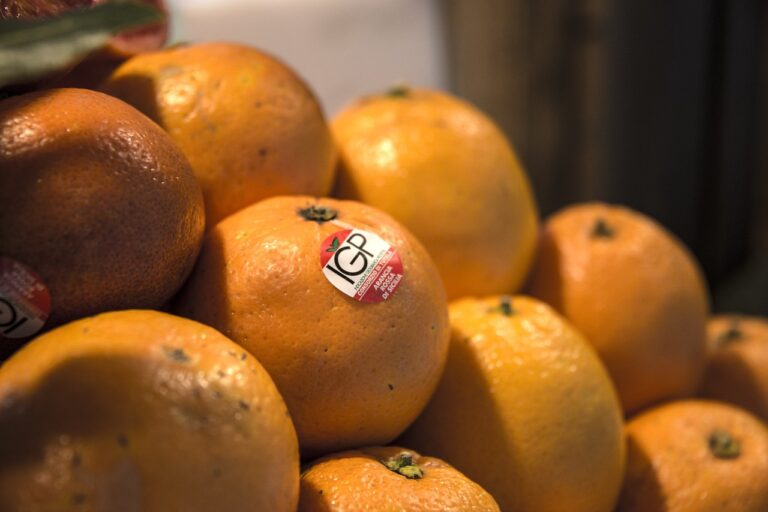Analyzing the Health Effects of Mercury Contamination in Seafood
Mercury contamination in seafood is a pressing environmental and public health issue worldwide. This toxic heavy metal can find its way into the ocean through various sources, leading to its accumulation in marine organisms. As a result, consuming contaminated seafood poses risks to human health, especially for vulnerable populations such as pregnant women and young children.
The levels of mercury in seafood can vary depending on the species, size, and location where the fish or shellfish was caught. Predatory fish at the top of the marine food chain tend to have higher concentrations of mercury due to bioaccumulation. This process involves mercury accumulating in organisms at each trophic level, resulting in higher concentrations in larger fish that consume smaller ones. As a result, it is essential for consumers to be aware of the potential risks associated with mercury contamination in seafood and make informed choices when selecting and consuming marine products.
Sources of Mercury in the Ocean
Mercury enters the ocean through both natural processes and human activities. Natural sources include volcanic eruptions, weathering of rocks, and atmospheric deposition. These natural sources contribute to the overall presence of mercury in the marine environment.
Human activities, however, are the primary sources of mercury in the ocean. Industrial processes such as coal burning, mining, and waste incineration release mercury into the atmosphere, which eventually settles into the ocean through deposition. Additionally, the use of mercury in products like pesticides and fungicides can also lead to contamination in the ocean.
• Volcanic eruptions release mercury into the atmosphere, which eventually finds its way into the ocean through deposition.
• Weathering of rocks can also contribute to the presence of mercury in the marine environment.
• Atmospheric deposition is another natural source of mercury in the ocean.
• Industrial processes such as coal burning release significant amounts of mercury into the atmosphere, leading to contamination in the ocean.
• Mining activities can also contribute to mercury pollution in water bodies, including oceans.
• Waste incineration releases mercury into the air, which then settles into the ocean through atmospheric deposition.
• The use of mercury-containing products like pesticides and fungicides can result in contamination of marine ecosystems.
• Improper disposal of products containing mercury can lead to leaching and eventual entry into aquatic systems, including oceans.
Bioaccumulation of Mercury in Marine Food Chain
Mercury, a toxic heavy metal, enters the marine environment through various sources such as industrial discharges, coal combustion, and agricultural runoff. Once in the ocean, mercury undergoes a process known as bioaccumulation, where it accumulates in organisms at each level of the marine food chain. Plankton, small fish, and other marine organisms absorb mercury from their surrounding environment or through the consumption of contaminated prey.
As smaller organisms containing mercury are consumed by larger predators, the mercury accumulates and becomes more concentrated at each trophic level. This phenomenon results in higher levels of mercury being found in fish and seafood that are higher up in the food chain, such as sharks, swordfish, and tuna. Consequently, humans who consume these contaminated marine species may unknowingly be exposed to elevated levels of mercury, which can have detrimental effects on health, particularly for pregnant women and young children.
What is mercury contamination in seafood?
Mercury contamination in seafood refers to the presence of mercury in marine organisms that can be harmful to humans when consumed.
What are the sources of mercury in the ocean?
The main sources of mercury in the ocean are industrial pollution, coal burning, mining activities, and natural processes such as volcanic eruptions.
How does mercury bioaccumulate in the marine food chain?
Mercury bioaccumulates in the marine food chain when small organisms absorb mercury from the water, which is then passed on to larger predators as they consume these smaller organisms. This process results in higher concentrations of mercury in top predators.
Why is mercury bioaccumulation in the marine food chain a concern?
Mercury bioaccumulation in the marine food chain is a concern because it can lead to high levels of mercury in fish and other seafood that are consumed by humans, posing a risk to human health.
How can consumers reduce their exposure to mercury in seafood?
Consumers can reduce their exposure to mercury in seafood by choosing seafood low in mercury, such as shrimp, salmon, and sardines, and limiting their consumption of high-mercury fish, such as shark, swordfish, and king mackerel.







